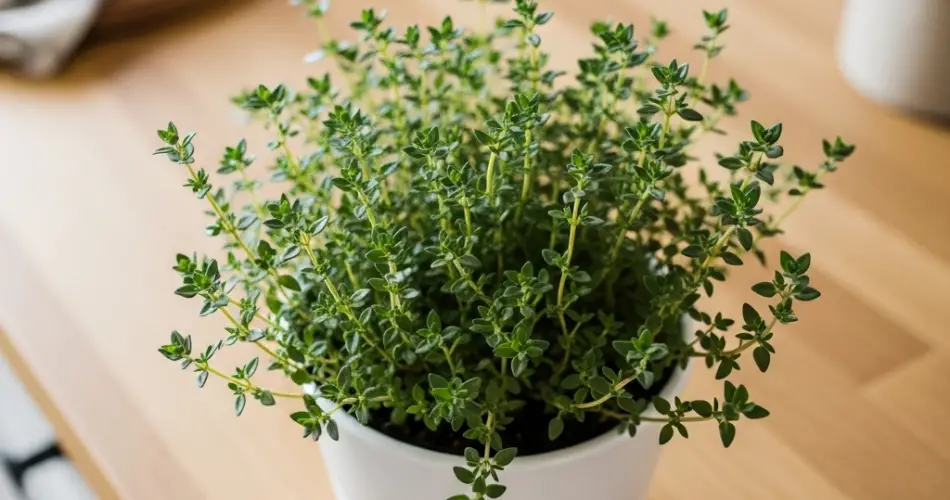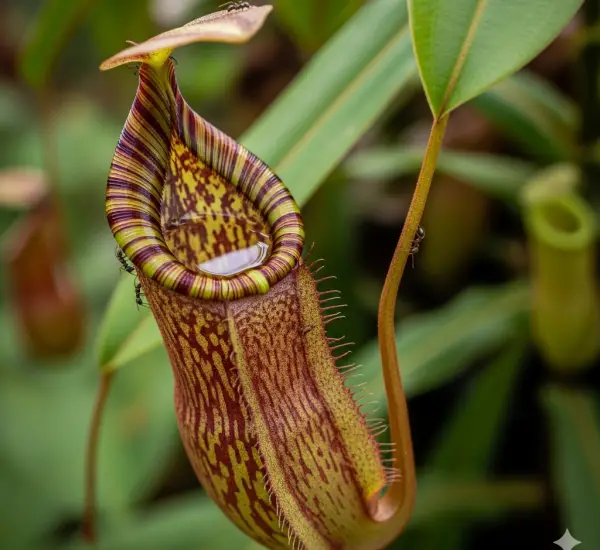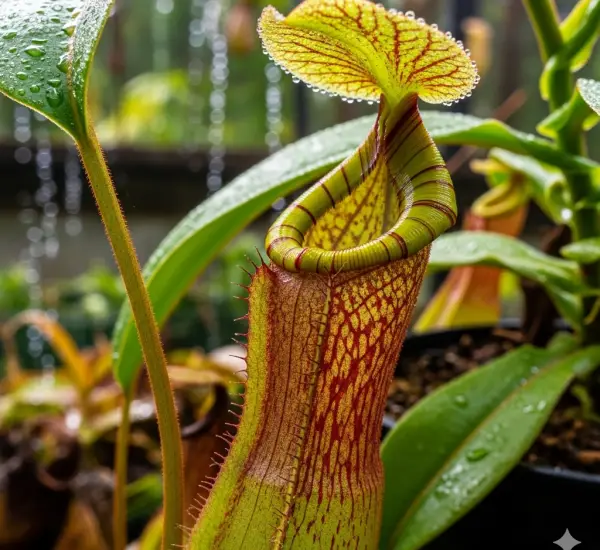Creeping thyme is a versatile, low-growing herb that’s perfect for gardeners looking to enhance their outdoor spaces with beauty, functionality, and ease. Known for its aromatic foliage and delicate flowers, this herb is often used as a fragrant ground cover, an alternative to grass, or a filler between stepping stones. It’s hardy, drought-tolerant once established, and attracts pollinators, making it an excellent choice for eco-friendly landscaping. Whether you’re dealing with a small yard, a rocky patch, or an ornamental garden, creeping thyme offers an appealing and low-maintenance solution. Here’s how you can grow creeping thyme as ground cover in your garden.
Choose the Right Variety
Creeping thyme (Thymus serpyllum) comes in several cultivars, each with slight differences in flower color, leaf size, and growth habit. Popular varieties include:
-
‘Elfin’ thyme – very low-growing, ideal for pathways.
-
‘Pink Chintz’ – features salmon-pink blooms.
-
‘Red Creeping’ thyme – produces vibrant red flowers.
-
‘White Creeping’ thyme – a lighter variety with white blossoms.
All these types are suitable for ground cover use, but your selection should depend on your desired appearance and local climate conditions.
Preparing the Planting Site
Creeping thyme thrives in well-drained soil and full sun. Before planting, choose a location that receives at least 6 hours of sunlight per day. These plants don’t tolerate soggy soil, so avoid areas with poor drainage.
To prepare the ground:
-
Clear the area of weeds, rocks, and any debris.
-
Loosen the soil to a depth of about 6 inches and mix in coarse sand or fine gravel if your soil retains too much moisture.
-
If planting near stepping stones or a path, consider laying out the design in advance and placing your thyme accordingly.
Planting Creeping Thyme
You can plant creeping thyme from seeds, cuttings, or nursery plants. Starting from seeds is more economical, but it takes longer to establish. If you want faster results, opt for small potted plants or divisions.
Planting from Seeds:
-
Start seeds indoors 6–8 weeks before the last frost or sow them directly into the soil after danger of frost has passed.
-
Sprinkle seeds on the soil surface and gently press them in. Do not cover with soil, as thyme seeds need light to germinate.
-
Keep the area consistently moist until the seeds germinate, which usually takes 2–3 weeks.
Transplanting Nursery Plants or Divisions:
-
Space each plant 6–12 inches apart to allow room for spreading.
-
Dig a small hole, place the plant, and backfill with soil. Water well after planting.
Watering and Care
Creeping thyme is drought-tolerant but needs consistent watering during its first few months to establish a strong root system. Water deeply when the top inch of soil feels dry. Once established, you can reduce watering frequency.
Avoid overwatering, as thyme dislikes wet feet and can develop root rot in soggy conditions.
Pruning and Maintenance
One of the best things about creeping thyme is its low-maintenance nature. However, regular pruning helps keep it tidy and encourages dense growth. After flowering, shear the plants lightly to remove faded blooms and keep them compact.
You can also trim back straggly or woody growth in early spring to rejuvenate older plants.
Dealing with Weeds
During the first growing season, creeping thyme may not fully cover the ground, which can leave space for weeds. Apply a thin layer of mulch (such as straw or bark) between plants to suppress weed growth until thyme fills in.
Once established, thyme’s dense mat-like structure naturally suppresses most weeds.
Pests and Diseases
Creeping thyme is generally pest-resistant and not prone to serious diseases. Occasionally, aphids may appear, especially on young plants, but they can usually be washed off with a strong stream of water or treated with insecticidal soap.
Root rot is the most common issue, typically caused by poor drainage or overwatering. Ensuring proper soil conditions will help prevent this problem.
Benefits of Creeping Thyme as Ground Cover
-
Fragrance: Walking across creeping thyme releases a pleasant scent.
-
Pollinator-Friendly: Bees and butterflies are drawn to its flowers.
-
Hardy and Resilient: Once established, it tolerates drought, foot traffic, and light frost.
-
Low Maintenance: Requires little mowing, watering, or fertilizing.
-
Aesthetic Appeal: Its fine texture and blooms add color and charm to garden paths, borders, and rockeries.
Final Thoughts
Creeping thyme is an excellent choice for gardeners who want a low-maintenance, attractive ground cover that offers both beauty and function. With the right site preparation and care during the establishment phase, it will reward you with a lush carpet of green that blooms seasonally and thrives with minimal effort. Whether planted between pavers or as a lawn alternative, creeping thyme is sure to enhance your garden with its charm and utility.




